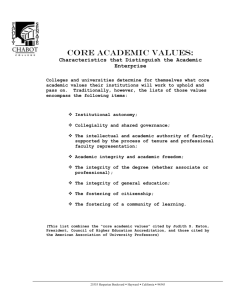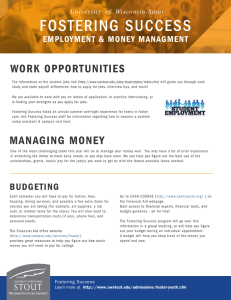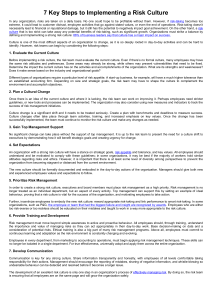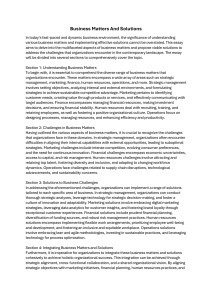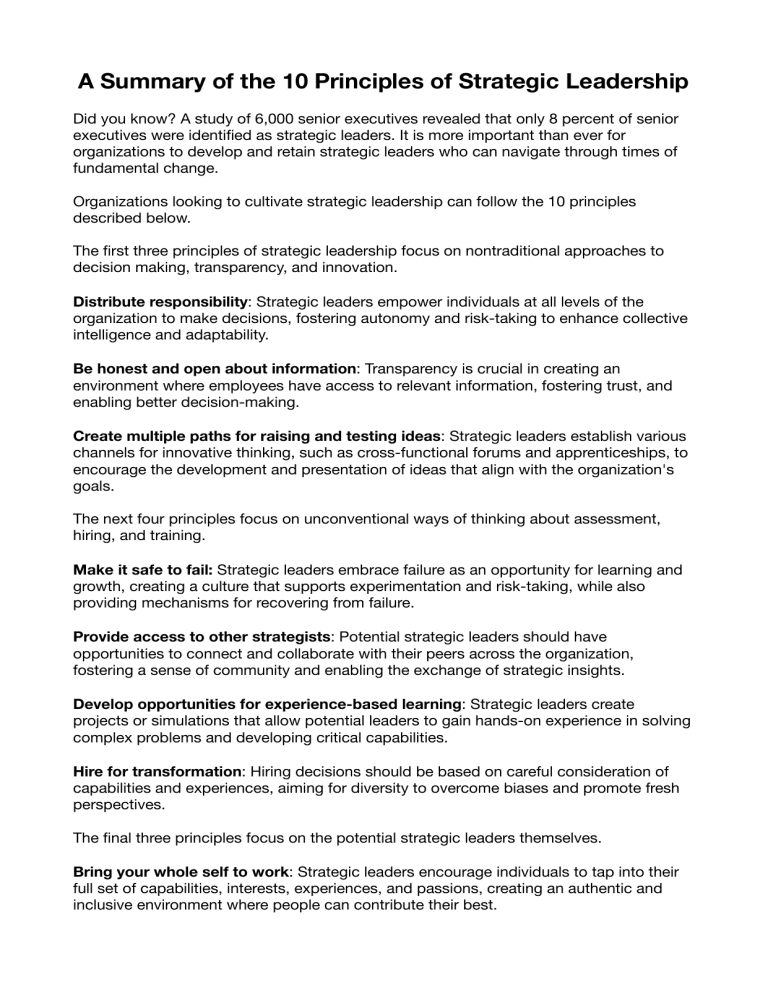
A Summary of the 10 Principles of Strategic Leadership Did you know? A study of 6,000 senior executives revealed that only 8 percent of senior executives were identi ed as strategic leaders. It is more important than ever for organizations to develop and retain strategic leaders who can navigate through times of fundamental change. Organizations looking to cultivate strategic leadership can follow the 10 principles described below. The rst three principles of strategic leadership focus on nontraditional approaches to decision making, transparency, and innovation. Distribute responsibility: Strategic leaders empower individuals at all levels of the organization to make decisions, fostering autonomy and risk-taking to enhance collective intelligence and adaptability. Be honest and open about information: Transparency is crucial in creating an environment where employees have access to relevant information, fostering trust, and enabling better decision-making. Create multiple paths for raising and testing ideas: Strategic leaders establish various channels for innovative thinking, such as cross-functional forums and apprenticeships, to encourage the development and presentation of ideas that align with the organization's goals. The next four principles focus on unconventional ways of thinking about assessment, hiring, and training. Make it safe to fail: Strategic leaders embrace failure as an opportunity for learning and growth, creating a culture that supports experimentation and risk-taking, while also providing mechanisms for recovering from failure. Provide access to other strategists: Potential strategic leaders should have opportunities to connect and collaborate with their peers across the organization, fostering a sense of community and enabling the exchange of strategic insights. Develop opportunities for experience-based learning: Strategic leaders create projects or simulations that allow potential leaders to gain hands-on experience in solving complex problems and developing critical capabilities. Hire for transformation: Hiring decisions should be based on careful consideration of capabilities and experiences, aiming for diversity to overcome biases and promote fresh perspectives. The nal three principles focus on the potential strategic leaders themselves. fi fi fi Bring your whole self to work: Strategic leaders encourage individuals to tap into their full set of capabilities, interests, experiences, and passions, creating an authentic and inclusive environment where people can contribute their best. Find time to re ect: Strategic leaders engage in re ection to enhance their learning and development, questioning their own thinking and biases, and seeking opportunities for improvement and growth. Recognize leadership development as an ongoing practice: Strategic leaders understand that learning and development are continuous processes, remaining humble, open to new ideas, and creating opportunities for others to grow and succeed. fl fl By implementing these 10 principles, organizations can cultivate strategic leadership, navigate through challenges, and drive transformative change.


